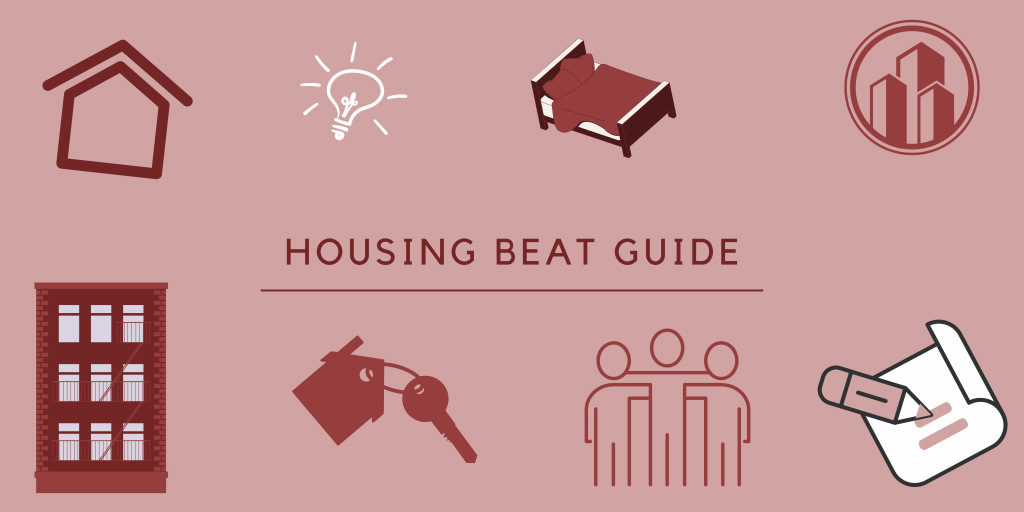Stories produced by community journalists, regional reporters and national media demonstrate the value of data-driven reporting when it comes to reporting on poverty.
Here are two examples of award-winning data-driven reporting.
Inside California’s Housing Crisis: Deceit, Disrepair and Death Inside a Southern California Rental Empire
Aaron Mendelson, for the LAist
What’s the story: Winner of an Online Journalism Award for “Investigative Data Journalism, Small/Medium Newsroom,” this story used mountains of data — including eviction records, state business data, court filings and depositions — to lead an investigation into the negligent and questionable operations of a landlord in Los Angeles County. What was uncovered included tragic stories from people living under dangerous conditions, many of which resulted in health concerns or fatalities. In addition, this reporting uncovered a lack of oversight on these poorly managed properties at a state level and how a vicious cycle of evictions keeps people experiencing poverty in poverty, while landlords get rich.
Why it works: The story is data-driven, but relies on narratives from people on the frontlines of this issue to tell the full story. There are multimedia elements to the reporting including data visualization, graphic elements, photos, videos and a full audio story to accompany the written piece. It’s extremely comprehensive and data heavy with a variety of sources, but the information is laid out in a digestible format. The story is compelling because the wrongdoing and systemic issues are laid out in a factual way.
How to do it: It’s likely that there are people in any given county in the U.S. experiencing dangerous or inadequate living conditions, and the COVID-19 pandemic paired with natural disasters this year has only made this worse. Check out resources from Princeton University’s Eviction Lab and see where your county stands on eviction levels (Note: data is from 2016). Access public records regarding property ownership from your county tax assessor’s office and look at average rental costs in your area and map out any prevalent property managers with bad reviews. Consider submitting open records or FOIA requests for code enforcement reports. Ask for courtesy visuals from sources if necessary. Most importantly, look for trends or patterns and use experts to help with the reporting process.
As Rising Heat Bakes U.S. Cities, The Poor Often Feel It Most
Meg Anderson and Sean McMinn, for NPR
What’s the story: For a series on “Heat and Health in American Cities,” National Public Radio reporters analyzed correlations between the location of low-income neighborhoods and rising temperatures, specifically in major U.S. cities. Reporting focuses on people living in poverty in urban areas and how rising temperatures will continue to put them at a disadvantage when it comes to health-related risks and social vulnerability.
Why it works: There’s data visualization that extends past the stories focus area of Baltimore, Maryland, pulling in a large audience. The story relies on narratives from people experiencing this problem first hand supported by empirical evidence. Professionals sourced in this story also provide information that support the concerns outlined by the data. Because the story is in both a written and audio format, it’s easy to read.
How to do it: This story applied thermal data from NASA and the U.S. Geological Survey to develop maps of major U.S. cities, overlapping that data with economic reports for median household incomes. There’s data for all 50 states regarding rising temperatures, air pollution and environmental risk factors, for example, that can be applied to a larger story or used to start you on your reporting process. It’s important to make connections before starting the reporting process to avoid bias. This story received an honorable mention for the Investigative Reporters & Editors Philip Meyer award.
Sofia Gratas graduated in fall 2020 with a journalism degree from the University of Georgia.


